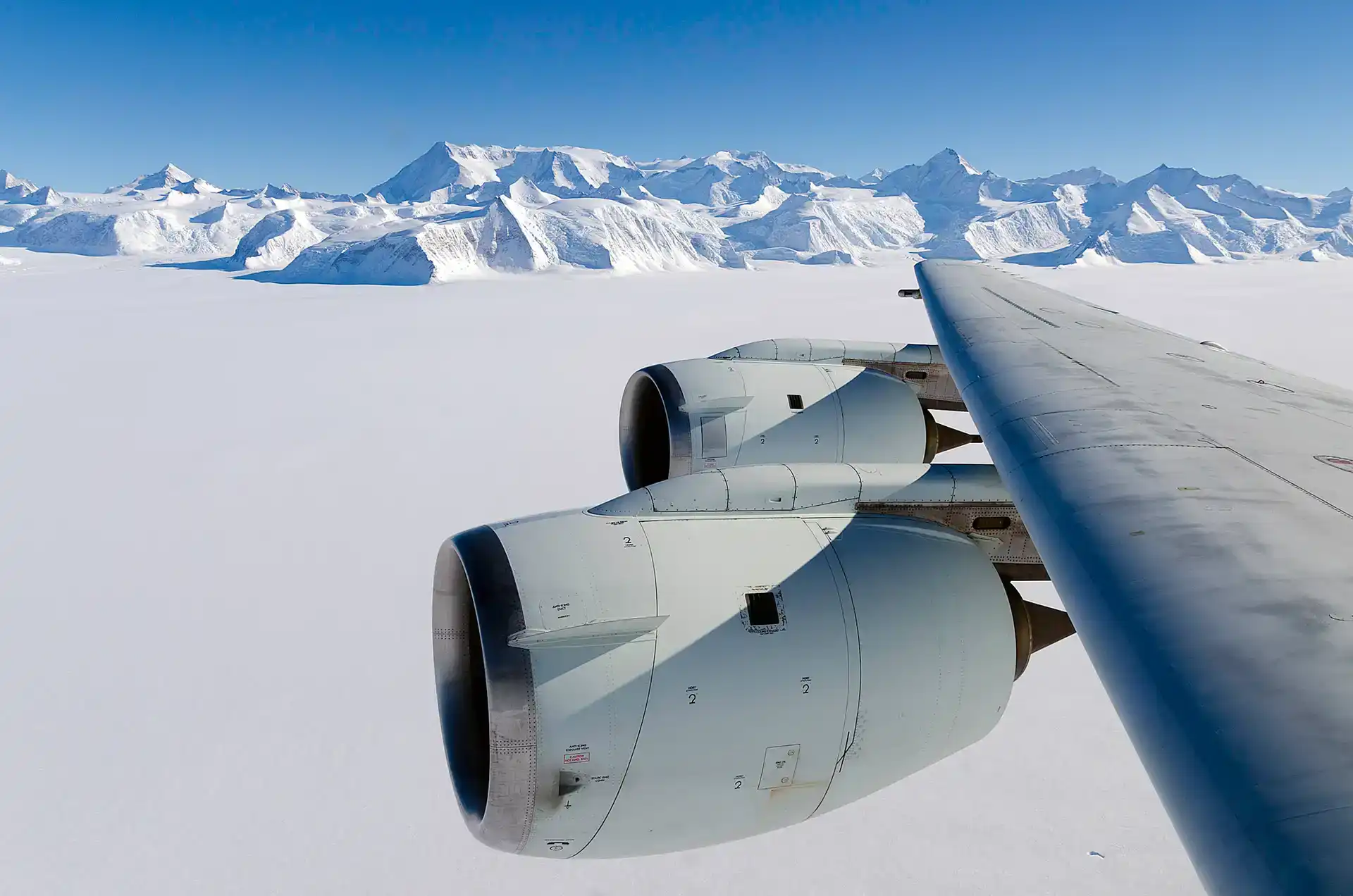- 3
- Campaigns
- 5
- Data Products

Overview
The Sabreliner is a research jet operated by the National Center for Atmospheric Research (NCAR). It has been modified to support instrumentation used in high-altitude atmospheric research. It has a maximum altitude of 43,000ft and a maximum endurance of 2.5 hours. The Sabreliner can support payloads up to 2,250 lbs and has a maximum range of 1,300 nmi.
Online information
Related Campaigns & Instruments
Review the instruments operated on this platform for each of these field campaigns

First International Satellite Cloud Climatology Project (ISCCP) Regional Experiment
| 1991-11-13 | 1991-12-07 |
| 1992-06-01 | 1992-06-25 |
| 1998-04-08 | 1998-07-30 |
| 1986-10-13 | 1986-11-02 |
| 1987-06-30 | 1987-07-19 |

First International Satellite Cloud Climatology Project (ISCCP) Regional Experiment
| 1991-11-13 | 1991-12-07 |
| 1992-06-01 | 1992-06-25 |
| 1998-04-08 | 1998-07-30 |
| 1986-10-13 | 1986-11-02 |
| 1987-06-30 | 1987-07-19 |

SUbsonic aircraft: Contrail & Clouds Effects Special Study
| 1996-04-02 | 1996-05-15 |
Convection and Precipitation/Electrification Experiment
| 1991-07-08 | 1991-08-18 |
Filter data products from this platform by specific campaigns, instruments, or formats.